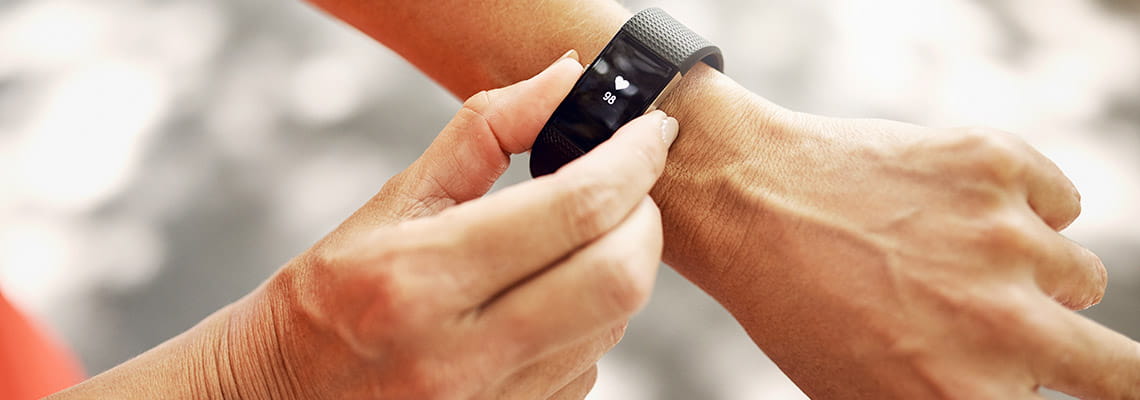Case Study: Patient Biometrics

Connecting Wearable Tech to Your Health Care Provider
The Challenge
The more information physicians have about their patients’ health conditions, the better care they can provide. Patients find tracking tedious and they are not always accurate in self reporting.
The Solution
Consumer wearable technology, such as a Fitbit or Apple Watch, has the power to record health data that can be transmitted to a physician via the patient’s health record. It also could be used to track postoperative activity levels and monitor weight loss, sleep or heart rate.
Using a patient’s own device encourages self-awareness and compliance ― the patient already knows how to operate it and can control it via his or her phone. The key link is connecting patient medical records to Apple Health.
The Pilot
Houston Methodist Center for Innovation is the first in Houston to integrate patient medical records and Apple Health. Connecting to this beta effort with Apple gives patients control of their own health records — in the palm of their hands. When biometric data and patient medical records are combined into a tool that the patient controls, the patient becomes empowered.
Several departments within Houston Methodist are exploring the potential of patient biometrics monitoring, including endocrinology and orthopedics.
What's Next?
We’re now exploring the integration of wearables and telemedicine. Can we decrease patient stress and no-show rates by monitoring patients in place of follow-up appointments? We are also wondering how we can use patient biometric data: Once we have collected enough health data, will we be better able to predict disease or injury? Will we manage chronic disease more effectively given a more accurate and holistic picture of the patient’s health than he or she might be able to provide?